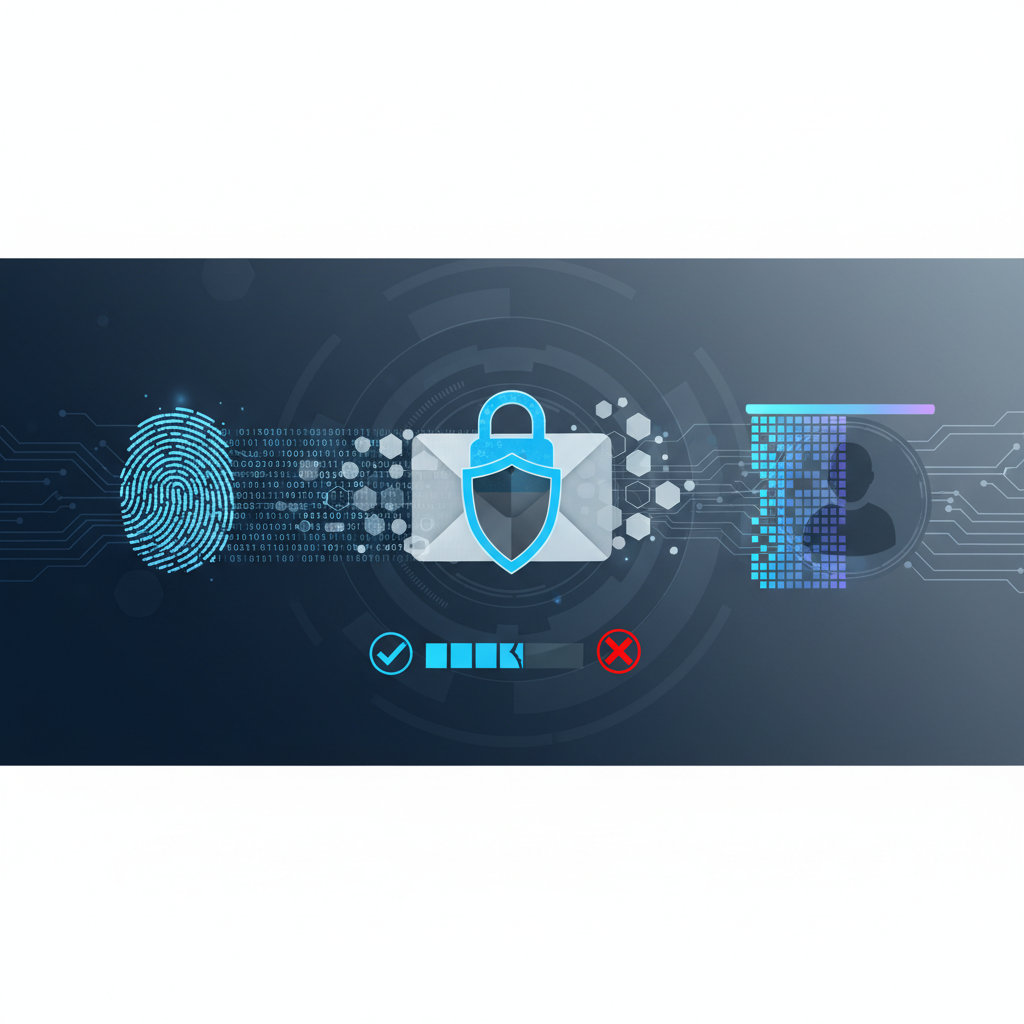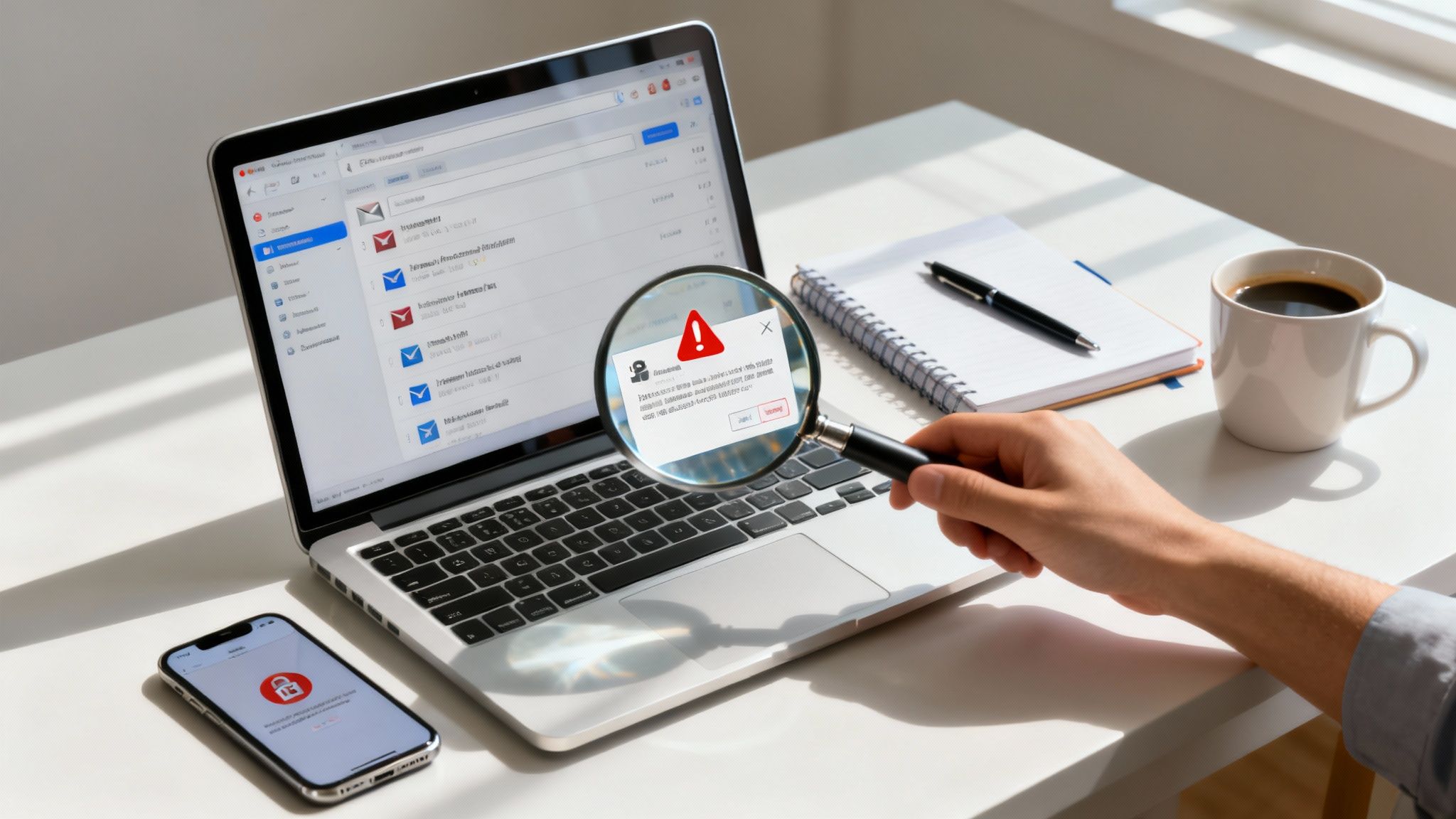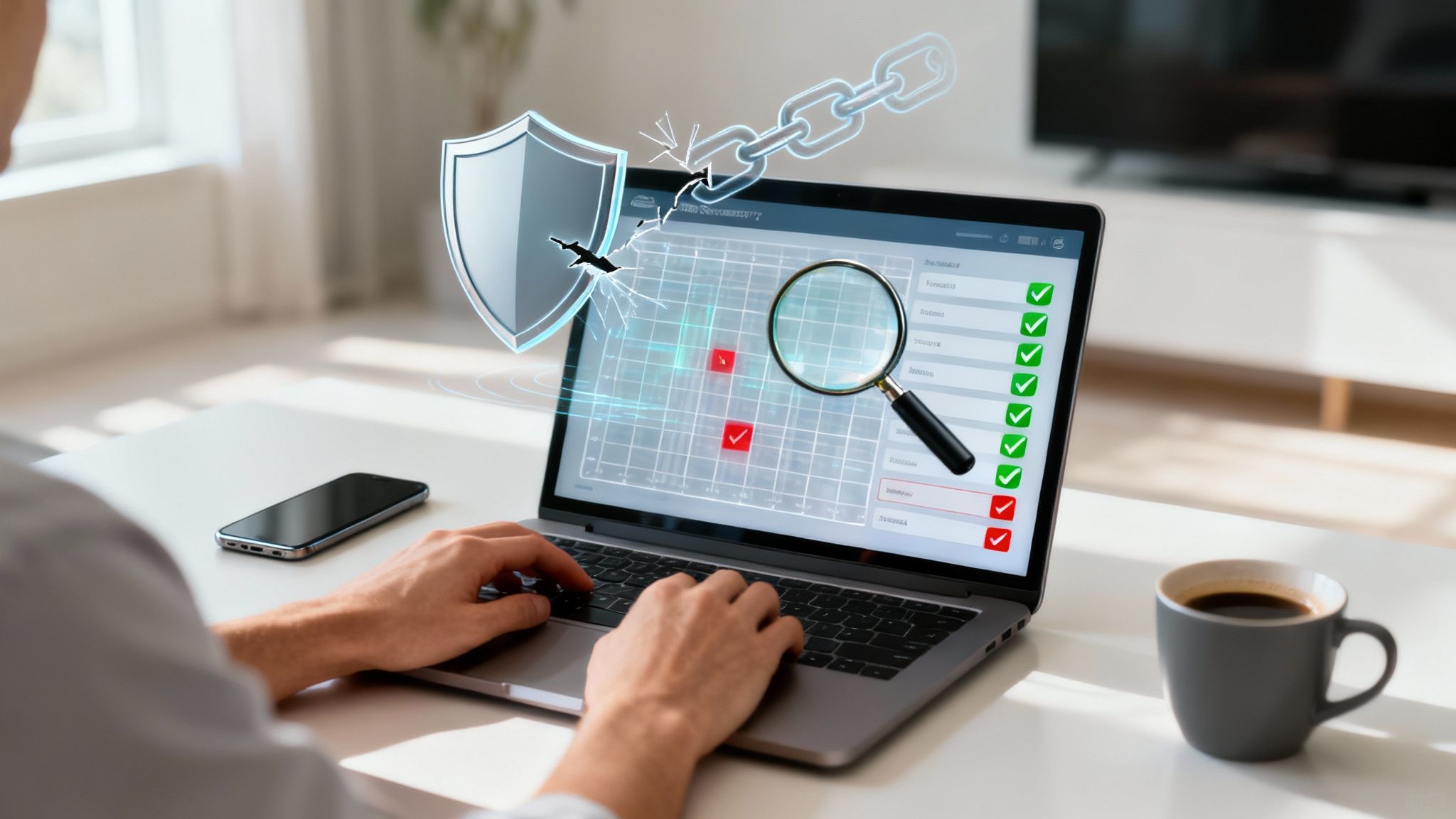· Digital Footprint Check Team · Data Breaches · 6 min read
How to Check If Your Email Was in a Data Breach
Check if your email was compromised using free tools. Learn what to do if exposed and how to protect yourself from identity theft.

Introduction
Did you know that over 5 billion email addresses have been compromised in data breaches? If you’ve ever created an online account, there’s a chance your email and password could be floating around on the dark web right now. This guide shows you exactly how to check if your email has been in a data breach – and what to do about it.
What is a Data Breach?
A data breach occurs when hackers gain unauthorized access to a company’s database containing user information. This can include:
- Email addresses
- Passwords (often encrypted, sometimes not)
- Names and physical addresses
- Credit card information
- Social Security numbers
- Phone numbers
Once stolen, this information is often sold on the dark web or used for identity theft, phishing attacks, and financial fraud.
The Top 5 Free Email Breach Checkers
1. Digital Footprint Check (Comprehensive)
Digital Footprint Check offers a free email breach scan that checks:
- Over 1,000 known data breaches
- Dark web monitoring
- Social media account exposure
- Associated online profiles
How to use it:
- Visit digitalfootprintcheck.com
- Enter your email address
- Get instant results showing all breaches
- Receive actionable recommendations
2. Have I Been Pwned
Created by security expert Troy Hunt, HIBP is one of the most trusted breach checkers.
Pros: Large database, regularly updated Cons: Only checks emails, no other personal data
3. Google Password Checkup
Built into Chrome and Google accounts.
Pros: Automatic, integrated into Google ecosystem Cons: Only works for passwords saved in Google
4. Firefox Monitor
Mozilla’s breach detection service.
Pros: Free, privacy-focused Cons: Limited to breach notifications
5. Dehashed (Advanced)
For tech-savvy users who want deep searches.
Pros: Searches more than just email Cons: Paid for full features
How to Check Your Email for Data Breaches (Step-by-Step)
Method 1: Quick Check (5 Minutes)
Visit Digital Footprint Check
- Go to https://app.digitalfootprintcheck.com/dashboard
- Click “Start Free Scan”
Enter Your Information
- Type your primary email address
- Add secondary emails if you have them
Review Results
- See which breaches included your email
- Check what data was exposed
- Note the date of each breach
Take Action
- Follow the recommended steps
- Change compromised passwords
- Enable 2FA on affected accounts
Method 2: Comprehensive Check (15 Minutes)
For a thorough analysis:
- Check all email addresses you’ve ever used
- Search for your phone number
- Look up your usernames
- Monitor for new breaches with ongoing monitoring
What Information Gets Exposed in Data Breaches?
Common data exposed in breaches:
| Data Type | Risk Level | What Hackers Do With It |
|---|---|---|
| Email + Password | 🔴 Critical | Access other accounts, identity theft |
| Email Only | 🟡 Medium | Phishing, spam campaigns |
| Name + Email | 🟡 Medium | Targeted phishing attacks |
| Credit Cards | 🔴 Critical | Fraudulent purchases |
| SSN | 🔴 Critical | Identity theft, tax fraud |
| Phone Number | 🟡 Medium | SIM swapping, harassment |
Major Data Breaches in 2024-2025
Recent breaches affecting millions:
- LinkedIn (2024) - 800M+ user records
- Twitter/X (2024) - 400M+ accounts
- LastPass (2024) - Password vault data
- T-Mobile (2024) - Customer information
- Marriott (2024) - Guest records
If you had accounts with these services, check your email now.
What to Do If Your Email Was Breached
Immediate Actions (Do This Now)
Change Your Passwords
- Update password on the breached site
- Change passwords on ANY site using the same password
- Use unique passwords for each account
Enable Two-Factor Authentication (2FA)
- Use authenticator apps (Google Authenticator, Authy)
- Avoid SMS-based 2FA when possible
- Enable on email, banking, and social media first
Monitor Your Accounts
- Check bank statements for unauthorized charges
- Review credit card transactions
- Set up account alerts
Consider Password Manager
- Tools like 1Password, Bitwarden, or LastPass
- Generate unique passwords for each site
- Securely store all credentials
Long-Term Protection
Use Breach Monitoring Services
- Set up alerts for new breaches
- Monitor dark web for your information
- Try our continuous monitoring
Review Account Permissions
- Revoke access to old apps and services
- Clean up connected accounts
- Remove unused accounts
Secure Your Email Account
- Use a strong, unique password
- Enable 2FA
- Review recovery options
- Check for suspicious filters/forwarding
Freeze Your Credit
- Contact Equifax, Experian, and TransUnion
- Prevents identity thieves from opening accounts
- Free and reversible
Signs Your Email Has Been Compromised
Watch for these red flags:
- ⚠️ Emails you didn’t send in your Sent folder
- ⚠️ Password reset emails you didn’t request
- ⚠️ Friends receiving spam from your email
- ⚠️ New accounts created with your email
- ⚠️ Unable to log into your email account
- ⚠️ Unauthorized login location alerts
- ⚠️ Changes to email settings you didn’t make
How Hackers Use Your Breached Email
1. Credential Stuffing
Hackers try your email/password combo on hundreds of websites hoping you reused passwords.
2. Phishing Campaigns
Targeted emails that appear legitimate, asking you to “verify” your account or click malicious links.
3. Identity Theft
Combined with other breached data (SSN, address) to open accounts in your name.
4. Selling on Dark Web
Your credentials packaged and sold to other criminals for $1-$5 each.
Common Mistakes to Avoid
❌ Ignoring breach notifications - Act immediately, don’t wait
❌ Only changing the breached account password - If you reused it, change it everywhere
❌ Clicking links in breach notification emails - These could be phishing. Go directly to the site
❌ Using weak passwords - “Password123” won’t cut it anymore
❌ Trusting SMS for 2FA - SIM swapping attacks are common
✅ Do this instead:
- Use unique passwords for every account
- Enable app-based 2FA
- Use a password manager
- Monitor your email regularly
Frequently Asked Questions
Q: How often should I check if my email was breached?
A: Check immediately if you hear about a major breach affecting a service you use. Otherwise, quarterly checks are recommended. Better yet, use continuous monitoring for real-time alerts.
Q: Is it safe to enter my email into breach checking tools?
A: Yes, reputable tools like Digital Footprint Check, Have I Been Pwned, and Firefox Monitor only check against their database and don’t store or misuse your email. Always verify you’re on the legitimate website.
Q: What if the breach happened years ago?
A: Old breaches are still dangerous. Hackers hold onto data for years. If you haven’t changed your password since the breach, do it now. Your information may still be circulating on the dark web.
Q: Can I remove my email from breach databases?
A: No, you can’t remove data from breach databases. Once information is breached, it’s permanently exposed. However, you can mitigate the damage by changing passwords, enabling 2FA, and monitoring for misuse.
Q: Will checking for breaches alert hackers that I’m looking?
A: No, checking breach databases is completely passive. Hackers won’t know you’ve checked, and it doesn’t put you at any additional risk.
Q: Should I delete my email if it was breached?
A: Not necessarily. Instead, secure your email by changing the password, enabling 2FA, and reviewing account security settings. Deleting your email could cause more problems with account recovery.
Protect Yourself from Future Breaches
While you can’t prevent companies from being hacked, you can minimize the damage:
- Use unique passwords everywhere - One breach won’t affect other accounts
- Enable 2FA on all important accounts - Extra layer of security
- Monitor your digital footprint - Know what information is out there
- Stay informed - Follow breach news and act quickly
- Limit what you share online - Less data = less exposure risk. Get our free privacy checklist for more tips.
Conclusion
Checking if your email was in a data breach isn’t just about curiosity – it’s essential for protecting your identity and finances. With over 5 billion compromised emails in circulation, the question isn’t if your email has been breached, but how many times.
Take 5 minutes right now to check your email. It could save you from identity theft, financial fraud, and countless headaches. Learn more about what employers see when they search you online to complete your digital protection.
Check Your Email Now (Free)
Don’t wait for your identity to be stolen. Find out if your email has been compromised in a data breach.
Start Free Email Breach Check →
✓ Check against 1,000+ breaches
✓ Instant results
✓ No credit card required
✓ See what data was exposed
Already a user? Set up continuous monitoring to get instant alerts when new breaches affect your accounts.
Related Articles:
- How Does Identity Theft Occur?
- Understanding Your Digital Footprint: How to Audit Your Online Presence
- Personal Information Removal Services
Last updated: October 20, 2025



